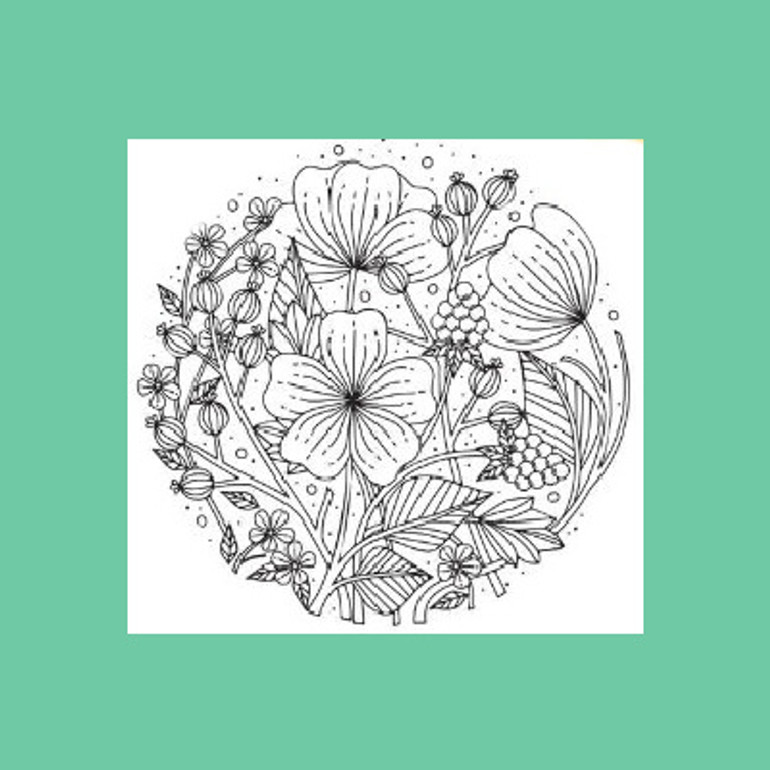Let’s face it: Gin is no longer confined to the PineSol-smelling examples in Granny’s cupboard. If pine (juniper, to be fair) is what you crave, there’s still a lot of classic bottles and brands to be had but they’re being done in combination with an array of botanicals that are truly global. There’s so much variety, in fact, that if you still think you don’t like Gin you probably just haven’t found the right one yet!
Juniper, The Classic: This is where it all started and it’s still the defining botanical of many Gin styles. By law, juniper must be the dominant botanical in a bottle labeled London Dry. It doesn’t have to be from London or even made anywhere in the British Empire but they do tend to be synonymous. Juniper will also play a lead role in the Old Tom and Plymouth styles, but counterintuitively Old Tom may not even be Dry (it can have some sugar…sometimes) and Plymouth Gin is only made by one distillery in…yes, Plymouth, England.
New Western Dry: You’re probably not going to see this on a label since it’s a massive category that is essentially every Gin that isn’t one of the three styles above. But this is where the fun begins!
Floral-forward was one of the first styles to branch out, made famous by Hendrick’s floral and cucumber combo. Lots of seasonal expressions followed from them but they’re by no means alone. Gins from Asia tend to be floral-heavy and wonderfully balanced, making both nice martinis and mixers with lighter tonics.
Citrus-forward is an obvious expansion considering Gin is historically linked to limes (which, along with quinine-containing Tonic, helped ward off scurvy and malaria in the tropics). These aromatic gins are wonderful with non-floral tonics (unless you like your smells on the big side) and make mild Negronis that draw out the citrus in your aperitivo of choice. Exotic citrus, like yuzu, is a great discovery here.
While not a category per se, the Spanish have elevated their Gin & Tonic game to national beverage levels. Gin bars are everywhere, usually with huge “copa” bowl glasses that would be an excellent use for that big daiquiri goblet you boosted from Applebees. These gins tend to be more gastronomic and savory, with hand-sourced local botanicals and served with elegant spoon-drizzled tonic pours that would make a Brooklyn mixologist proud.
Finally, there are no rules with Botanical gins. Literally none. Creativity and hyper-local expressions abound with delicious bottles that feature things like pink peppercorn, Darjeeling tea, Scottish thistle, honey, olives and even kelp! This tremendous variety of this corner of the gin world is a rabbit hole to delightfully spiral down.
We’re not even going to try to break down all the tonic options you can put with these. Let’s just say that the simple “gin & tonic” label is woefully inadequate. Enjoy!
Here are three to try:

